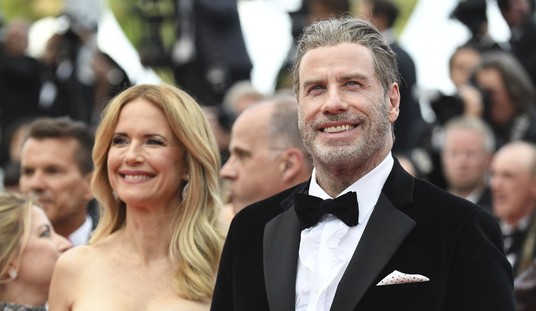“In truth, Ravi Shankar couldn’t stand the hippies,” the London Telegraph notes (“Who Could?” Orrin Judd adds):
Ravi Shankar always displayed a slightly ambivalent attitude to the extraordinary enthusiasm with which his music – sober-minded, serious, not a little taxing – was greeted by younger Western audiences in the Sixties. At Madison Square Garden in 1971, in the celebrated Concert for Bangladesh which had been organised by his friend George Harrison, the first plangent chords of Shankar’s sitar-playing were received with rapturous applause, obliging him to lecture the audience: “If you like our tuning so much, I hope you will enjoy the playing even more.”
The confusion was understandable. Until Ravi Shankar, most people in the West were familiar with Indian music – if at all – only as background noise in establishments with flock wallpaper, and would not have been in a position to discern the fine distinction between a morning raga and evening one, or even know whether in Shankar they were listening to a virtuoso or a rank beginner.
But Shankar could be a fastidious man. The rock audiences who came to pay homage he haughtily dismissed in his autobiography as “these strange young weirdos”; while his appearances at the Monterey and Woodstock festivals – the great quasi-religious gatherings of the alternative society – were apparently painful ordeals, where the audiences were “shrieking, shouting, smoking, masturbating and copulating – all in a drug-crazed state… I used to tell them, ‘You don’t behave like that when you go to hear a Bach, Beethoven or Mozart concert.’” Quite.
So acculturated are we now to the sounds of the kora, the koto, the didgeridoo and all the other myriad sounds of what has come to be known as world music – of which Ravi Shankar might rightly be called the godfather – that it is odd to reflect on just how novel was the sound of the sitar in the mid-Sixties.
I can’t say I was crazy about George Harrison’s Shankar-inspired Indian drones, but I loved the splashes of color a sitar and other Indian instruments could add to otherwise more conventional rock songs such as the Beatles’ “Tomorrow Never Knows,” the Stones’ “Paint It Black,” Steely Dan’s “Do It Again,” and all those late-’60s Motown songs that incorporated an electric sitar solo. The Roland VG-88 and VG-99 guitar modeling units do a very good job of recreating various electric sitar sounds, and a lot more, although ’60s purists would probably want the real thing.
And then there’s all of Indian-inspired raga rock from the period that didn’t actually use a sitar, a style that reached its apogee with…
Update: Welcome readers clicking in from Michelle Malkin.com.










Join the conversation as a VIP Member